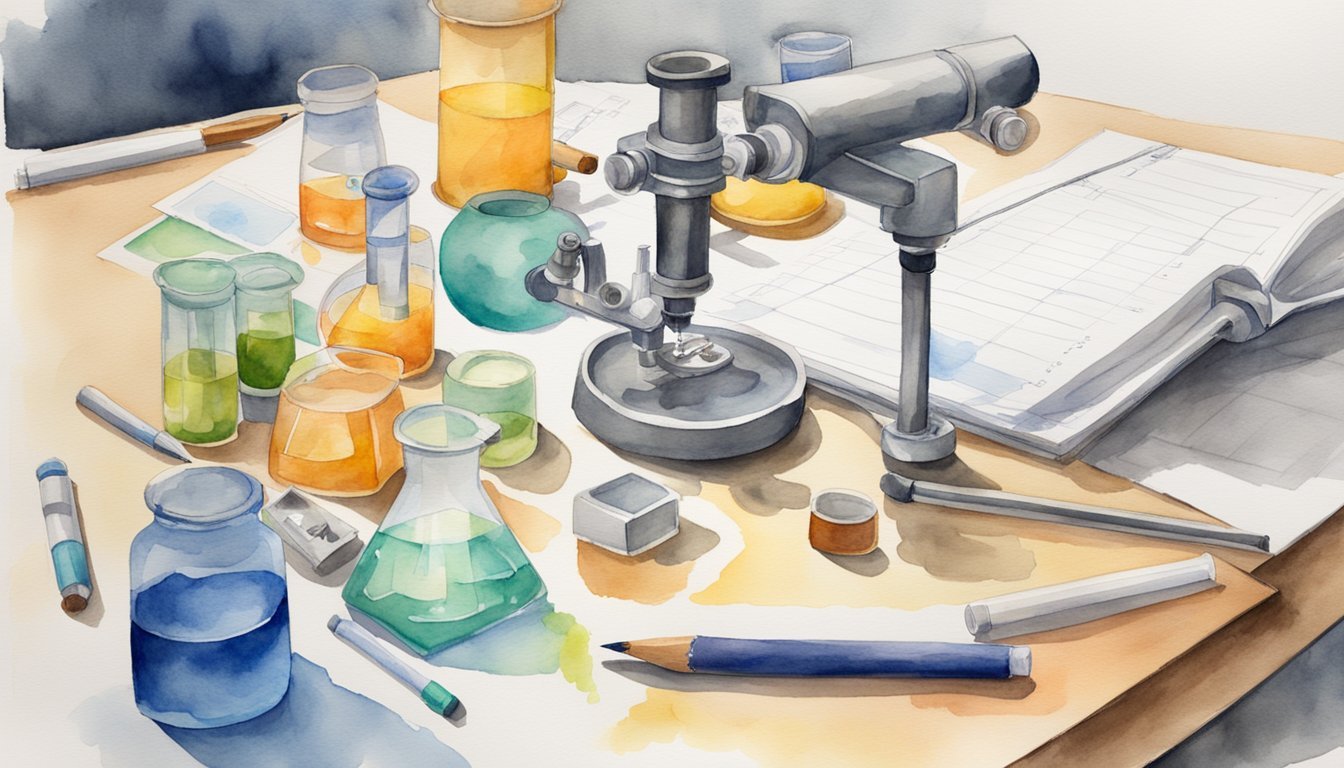Getting Started with Your Science Fair Project

Choosing the Right Project
When it comes to starting your science fair project, the first step is selecting the right topic. Think about your interests in the STEM field and brainstorm ideas that capture your curiosity. It’s essential to choose a project that you will be excited about and enjoy working on. To help in topic selection, you might consider using a Topic Selection Wizard which can guide you through the process of finding the perfect science fair project idea.
Here are some steps to follow in choosing your project:
- List your interests and passions within the STEM field.
- Identify questions or problems related to those interests.
- Research the background of the issue or question.
- Determine if the question is testable and if you will have access to the necessary resources.
- Narrow down your choices and select the most exciting and feasible project idea.
Understanding the Scientific Method
Once you have chosen your science fair project idea, it’s time to dive into the scientific method. The scientific method is a systematic approach used in STEM fields to answer questions and solve problems. Understanding and following the scientific method is critical to conducting a successful science fair project.
Here’s a summary of the scientific method’s steps:
- Ask a question: Start by asking a specific, testable question related to your chosen topic.
- Do background research: Investigate your question and gather information about it from a variety of sources.
- Form a hypothesis: Develop an educated guess (hypothesis) about the possible outcome of your experiment or trial.
- Design and conduct the experiment: Develop a procedure to test the hypothesis, with a control group and experimental group. Carry out the experiment to collect data.
- Analyze the data: Examine the data you’ve collected during the experiment and determine if your hypothesis was supported.
- Draw conclusions: Based on your data analysis, formulate conclusions about your initial question and hypothesis.
- Communicate results: Share your findings with others, through a research paper, presentation, or science fair.
By closely following the scientific method, you can ensure that your science fair project is well-structured, controlled, and reliable.
Remember, participating in a science fair is an excellent opportunity to explore your interests, learn new things, and showcase your achievements to others. So, dive in and enjoy the process while discovering the wonders of STEM!
Executing and Presenting Your Project
Developing Your Experiment
When creating a science fair project, it is crucial to establish a hypothesis and design a meaningful experiment to test it. Start by identifying your science fair project question and the relevant variables. Carefully plan the steps you will take, noting all experimental procedures and materials. Remember to consider only one variable at a time to focus the scope of your project^[1^].
When conducting your research, it’s vital to keep a detailed record of your data and observations. Use tables or graphs to facilitate data interpretation and effectively communicate your results. By presenting accurate graphs, you make it easier for the audience and judges to understand your findings^[2^].
Presenting Your Findings
The presentation of your project is just as important as the experiment itself. Good communication skills are essential in conveying your research and conclusions to the judges. Consider the use of visual aids, such as a three-panel display board, to showcase your project. Remember to balance text and visuals, making it easy for the audience to follow your presentation.
Additionally, practice your verbal communication skills by rehearsing your presentation. Time yourself to ensure you stay within any given time limits, and seek feedback from friends or family to refine your delivery^[3^].
When you present your project to the judges, be prepared to answer their questions with confidence. Demonstrating a deep understanding of your project and the underlying science will leave a lasting impression on everyone who observes your work.

